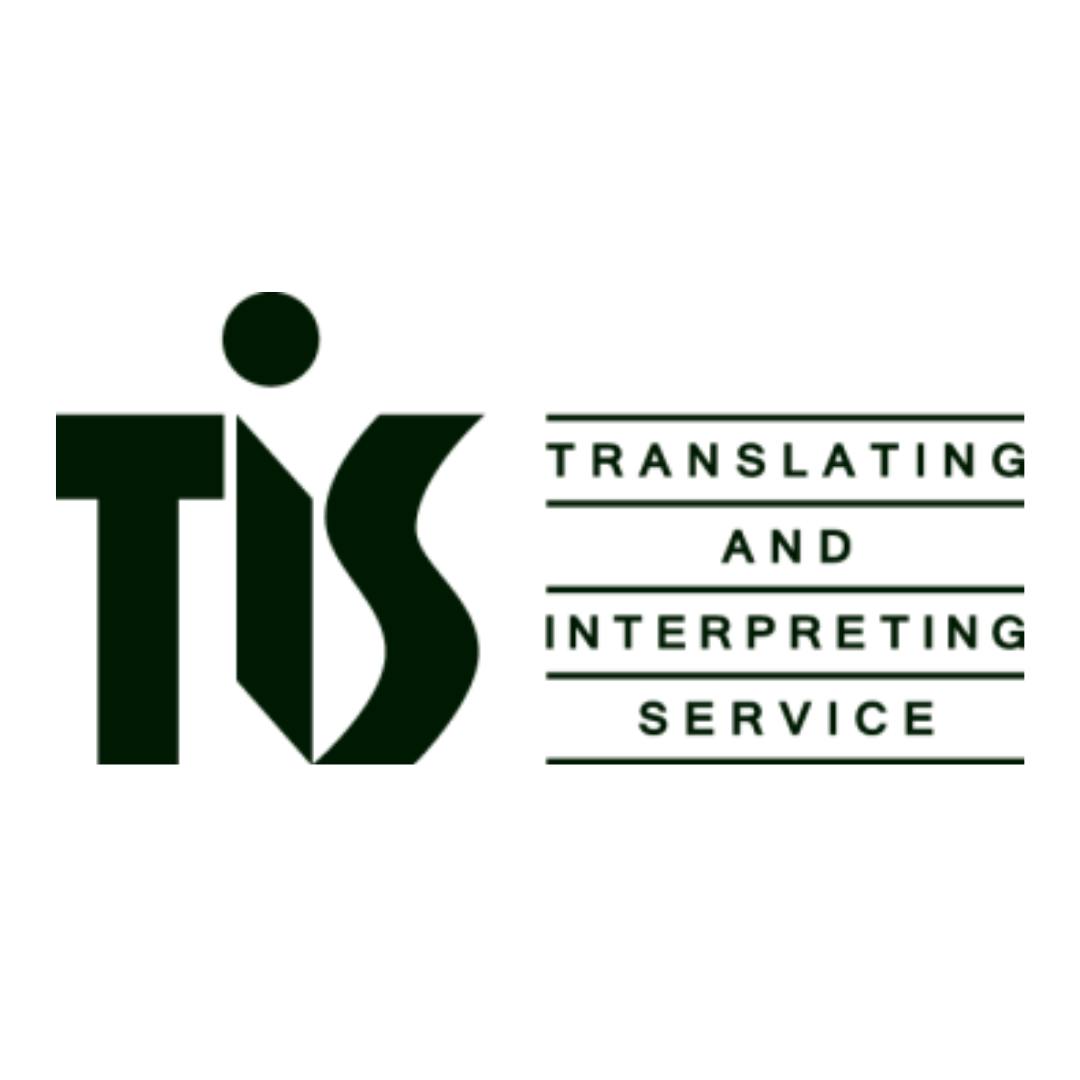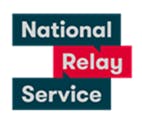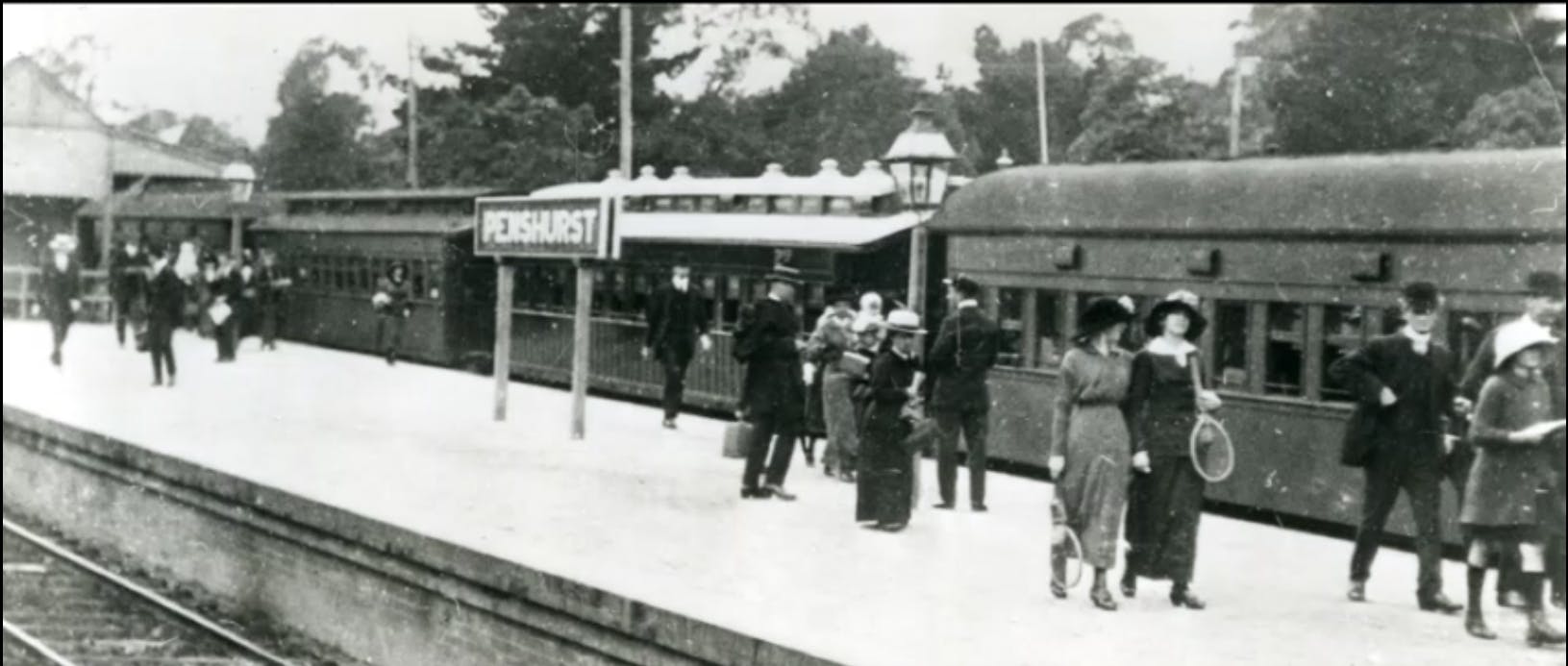Penshurst Town Centre – Streetscape Public Domain Plan
We are seeking your feedback to identify opportunities for Penshurst Town Centre to guide future work and its management.
The Streetscape Public Domain Review will set a clear vision, alongside a series of actions, to help improve the vibrancy, safety and attractiveness of Penshurst Town Centre.
What we need your help with
We will be gathering your insights on:
| Streetscape enhancements | |
| Creative ideas | |
| Safer and smarter access | |
| Improved usability for all visitors |
Key areas for feedback
We are particularly interested in:
Retail experiences | |
Public spaces and facilities | |
Safety and accessibility | |
Environmental features |
Just a gentle reminder: this isn’t a master planning process.
| A master plan is a comprehensive strategy that outlines long-term development goals for an area. | |
| This is a targeted review to identify opportunities for short to medium term public domain outcomes. |
What is the focus area?
Penshurst Town Centre is an important retail, transport and social hub in the Georges River Community. This Plan is focussing on Penshurst Street between Forest Road and Railway Parade, while also considering sections of Victoria Avenue, Connelly Street carpark, Bridge Street, and The Strand.
 |
| Sitemap of focus area |
Background and Penshurst History
As we look ahead, we want to ensure it continues to thrive and meet the diverse needs of our community. To help you think of ideas for the future, you may get a spark of inspiration exploring its history.
In 1830 John Connell acquired part of the early land grant of Robert Townson, and on his death left it to his grandsons, one of whom, Elias Laycock subdivided the land between Queensbury Road and King Georges Road. In 1883 this was further subdivided as the ‘Penshurst Park Estate’, with publicity claiming that the estate resembled the ‘celebrated Penshurst Park, 37 miles from London’.
 |
| Penshurst St, Penshurst, 1913 |
 |
| Penshurst train station, 1920 |
 |
| Penshurst, 1930 |
The Illawarra railway line came through the area in 1884, and a railway platform at Penshurst was opened in 1890, which increased the residential population. Nearby, at the highest point of the suburb, are two large water storage reservoirs, the older of which was built in 1910. They have a combined storage capacity of more than 13 million litres.
Before street lighting, daily commuters would bring their hurricane lamps to leave at Penshurst station during the day, to light their way home along the bush tracks when they came back from the city at night.
 |
 |
| Penshurst Railway Station, Penshurst and Bridge Street intersection, Penshurst, 1962 |
Penshurst Literary Institute was built in 1922, and in 1935 was transferred to the ex-servicemen of the district. The building was extended in 1960 with the addition of the RSL Club.
Penshurst Public School was completed in 1925. Recently extensively rebuilt, it re-opened in February 2021. The Penshurst Girls’ High School was established in 1955 as a Secondary Domestic Home Science High School. It was reclassified as a Girls’ High School in 1959.
This historical information was sourced from A Short History of Penshurst - Connected to Culture.
How to be involved
This consultation on Penshurst Town Centre is open from Friday 21 March and will close Thursday 17 April2025. You can provide your feedback by:
| Completing our online feedback form | |
| Adding your idea to our online interactive map |
You can also submit your feedback:
In person to Georges River Council Civic Centre or Libraries | |
Via email: yoursay@georgesriver.nsw.gov.au | |
Via post: PO Box 205, Hurstville BC NSW 1481 | |
Please quote SF25/1592 when returning a hard copy submission.
Next Steps
Your feedback will be reviewed and will help us develop an improvement plan for Penshurst Town Centre. We'll return to you with findings and how your ideas have been incorporated.
Do you need assistance reading and accessing this page?
For a free interpreter call us via the Translating and Interpreting Service (TIS) on 131 450
If you have a hearing or speech impairment, please contact the National Relay Service:
- Voice Relay number: 1300 555 727
- TTY number: 133 677









